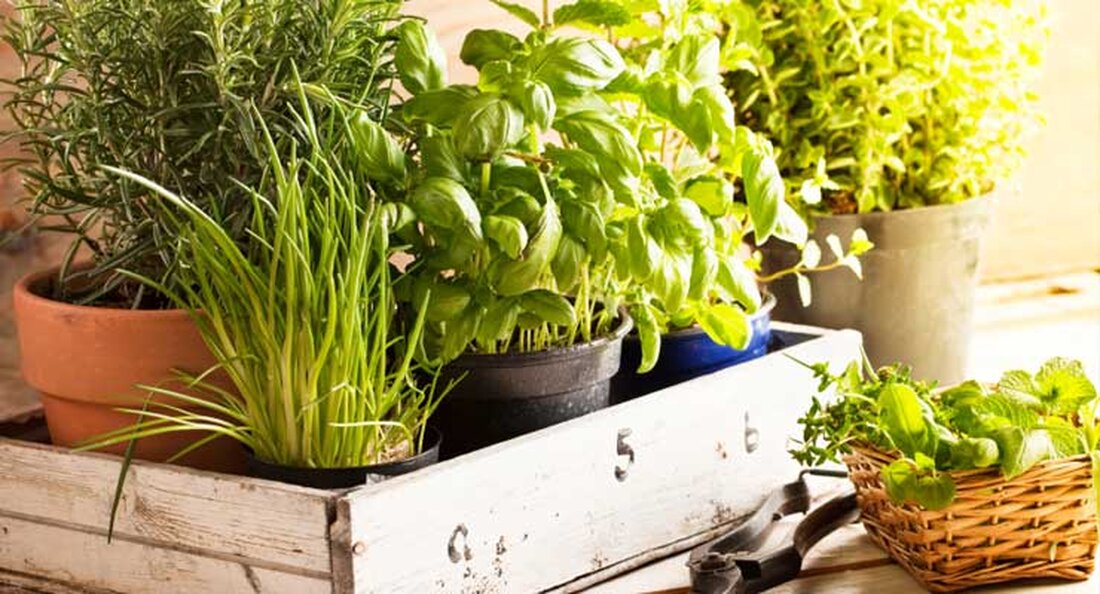Cannabis as a miracle cure - from a South African perspective
Cannabis as a miracle cure - from a South African perspective
Cannabis is the Greek word for "hemp", from which the word "canvas" is derived, according to the fibality of the plant. A genus with a single kind of large, rough one -year -olds, which occurs in most damp soils, especially as a weed of nitrogen -rich soils near human settlement.
In Victorian garden manuals, it is listed as an elegant “point plant” for summer discounts. The Skyths, who lived 3000 years ago north of the Black Sea, produced intoxicating vapors by throwing cannabis on hot stones. Cannabis has been grown in Asia and in the Middle East for over 4000 years both as a fiber plant and as a medication. Therapeutic applications were in Indian medical texts before the 5th century BC Chr. Today, its possession and use in most western countries as well as in Australia and New Zealand is illegal or subject to strict controls, but in many parts of Asia and the Middle East, where the dried plant or the dried resin is usually smoked, eaten legally and socially accepted. The various common names for cannabis refer to certain preparations: Haseese - Harz from the female plant, which is usually smoked in hookahs; Bhang - dried plant that is mixed in water, fruits or sweets; Charas - smoked or eaten resin; Ganja - dried tips of the female plant.
European herbs of the 16th century include the plant that John Gerard called "Indian Dreamer". Until his restriction in 1930, Cannabis was listed in the drugs of many countries, including the United States. It contains more than 60 types of cannabinoids, including Delta-9-tetrahydrocannabinol (THC), which is largely responsible for the psychoactive effects. Modern research confirm that cannabis is effective for a variety of medical treatments, its illegal status has suppressed therapeutic use in the West. Cannabis is still largely used in traditional Chinese medicine.
cultivation (warning)
cultivation, harvesting and processing cannabis plants are subject to legal restrictions in many countries. Approved varieties are grown because of their fiber (hemp). Cannabis Sativa is a strong smelling, variable one -year -old plant with long tap roots, upright branched stems and hand -shaped leaves. Purps of small green flowers appear in summer, male and female on separate plants.
parts used: whole plant, oil -flowering tips and seeds
properties: Untersp. Indica has analgesic, antiemetic, anti -inflammatory and soothing properties; It is also a laxative and reducing blood pressure.
Medical applications: internally in the event of nausea and vomiting in connection with cancer chemotherapy to reduce the eye pressure in glaucoma, muscle stiffness and tremors with multiple sclerosis and to help AIDS patients with weight gain (subsp. Indica). Externally in corns, wounds and varicose veins. Seeds (Huo ma ren) used in traditional Chinese medicine to treat constipation caused by weakness or lack of fluid.
Culinary use: seeds are ingredients in the whole kitchen and in beers and are used as a spice in Japanese cuisine, especially in the SHICHIMI spice mix. Sama oil is used for culinary purposes. Dried herb is an ingredient of Moroccan sweets (Majoun) and is important as an aroma in the Italian (Rastafarian) kitchen.
economic uses: fiber source for rope production. The cosmetics are added to seeds.
Warning This autumn is subject to legal restrictions in many countries


Kommentare (0)